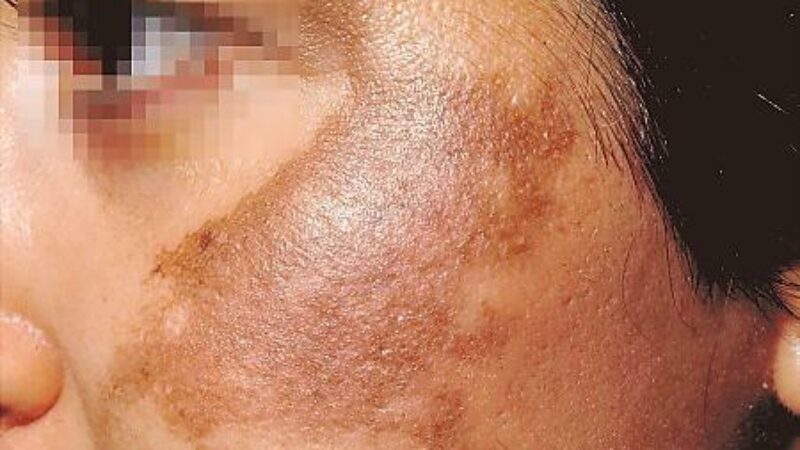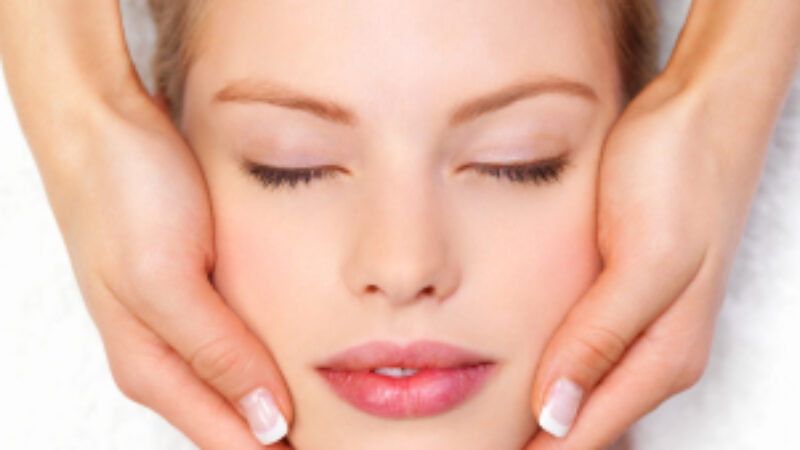Mandelic acid, chemical name alpha-hydroxybenzeneacetic acid, is an alpha hydroxy acid extracted from bitter almonds. Widely used in the skin care formulations for their ability to assist with a range of conditions including hyperpigmentation, acne and wrinkles, alpha hydroxy acids are often derived from fruit acids.
Despite their usefulness in skin care preparations, some alpha hydroxy acids can also be highly irritating. Certain skin types don’t tolerate them very well. Mandelic acid has the advantage of being a larger sized molecule compared to most other alpha hydroxy acids, including one of the more widely used ones, glycolic acid. The large size of the mandelic acid molecule helps to slow its absorption into the skin, thereby causing less skin irritation.
Prior to its use in skin care preparations, mandelic acid was used for its antibacterial properties in treating urinary tract infections. On skin, mandelic acid has been shown to work as both a mild exfoliant and as an antitibacterial.
Studies conducted with mandelic acid in skin care have demonstrated its efficacy in helping to treat acne and oily skin, eliminate hyperpigmentation (as in Melasma) and eliminate wrinkles and fine lines:
- Wrinkles and fine lines: Alpha hydroxy acids (as with Mandelic acid) are widely used as anti-aging ingredients in skin care preparations. They work to accelerate cell turnover, helping to remove dead skin cells that can lead to dull complexions as well as fine lines. Mandelic acid also helps to strengthen collagen, one of the building blocks of the skin’s support network. This strengthening can help to delay and reverse the appearance of wrinkles.
- Hyperpigmentation – Conditions such as mask of pregnancy (chloasma) and Melasma manifest as hyperpigmented areas on the skin surface. Some types of Melasma are caused by hormonal changes as experienced during Pregnancy or with the use of birth control pills. Mandelic acid has been shown to reduce Melasma by as much as 50 percent in four weeks resulting in a more evenly toned complexion. Mandelic acid may be used in lieu of hydroquinone or in conjunction with it for optimal benefit in individuals who are able to tolerate the combination.
- Acne – Mandelic acid’s antibacterial properties prove helpful in the treatment of acne. It also helps to regulate sebum production thereby decreasing the occurrence of breakouts. As well, Mandelic acid has been shown to benefit individuals with cystic acne.
Mandelic acid is also useful as a chemical peel agent as well as assisting the recovery of patients after laser resurfacing procedures.
Mandelic acid is well tolerated by nearly all skin types. In fact, individuals with sensitive skin as with Rosacea, have been able to incorporate it into their regimen successfully. Mandelic acid is of particular benefit in those with darker complexions, where hyperpigmentation may occur with ingredients such as hydroquinone or glycolic acid.
Is mandelic acid safe?
Mandelic acid tends to be very well tolerated, especially compared to other alpha hydroxy acids such as glycolic acid. However, since Mandelic acid works by exfoliating skin, it can increase sun sensitivity. A sunscreen with a minimum SPF of 30 is recommended during its use. Individuals may experience some slight burning or tingling with initial use. This tends to dissipate over time.
How do you incorporate mandelic acid into your skin care regimen?
As with any skin care preparation, do a patch test first to ensure that your skin will tolerate it. Build use gradually and always wear sunscreen with a minimum SPF of 30.
If you’re interested in incorporating Mandelic acid into your routine, conside MaMa Lotion – a combination of both mandelic and malic acids that has been shown to improve the condition of skin.




